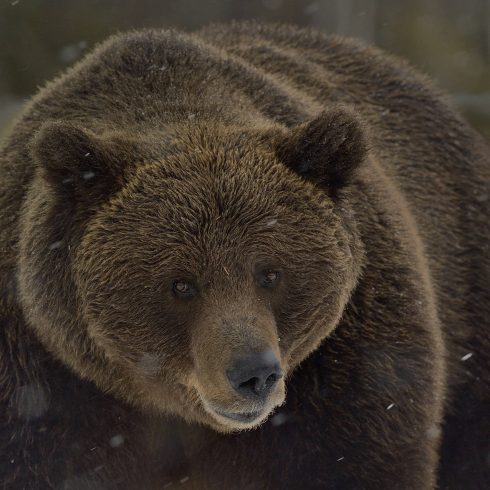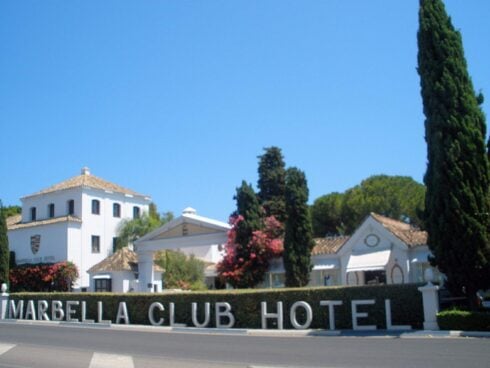HE looks as cuddly as Rupert, Paddington or Winnie-the-Pooh. But Goiat the bear is no marmalade sandwich-eating vegetarian.
He is on the wanted list, suspected of being a serial killer in Spain.
Officials have named the adult brown bear prime suspect in a recent spate of mystery livestock killings in Catalunya that have farmers up in arms.
His name means ‘lad’ in local dialect but in this bear’s case that’s not so much Jack the Lad as Jack the Ripper. His bared fangs are thought to be the last thing seen by his countless victims … sheep, goats and even horses … before he tore out their throats.

More stereotypically for a bear, the paw of blame is also being pointed at Goiat for the raiding and destruction of two beehives.
Goiat, originally from Slovenia, was released into the Val d’Aran in Catalunya in 2016 as part of an EU project to boost the brown bear population in the Pyrenees.
The GPS-tagged animal soon became ursa non gratis and in 2018, after the slaughter of six mares, four colts, four sheep and a goat, a local farming union called for him to be ‘removed from the area’ permanently.
Farmers hoped they had seen the back of him when he slipped across the border to France.
But officials lost track of him when his GPS collar fell off last October, and since then he has not been seen, with only a trail of dead livestock indicating where he could be.

The recent attacks resulted in the death of a ram, four goats and a sheep and coincided with a decrease in the area of France where Goiat was last known to be at large, leading the Val d’Aran regional government to consider him the likely culprit.
Now experts are forensically analysing samples taken from the ‘crime’ scenes of four recent attacks for signs of the villainous bear’s return to the region.
If they are proved right, a team will be sent out to fit the animal with a new GPS collar for further study, with his removal from the region a possibility, says the Catalan government, if he turns out to be a ‘problem bear’.
Brown bears have been a protected species in Spain since 1973. The project to consolidate the population in the French and Spanish Pyrenees with Slovenian imports has seen their number rise from three in 1993 to over 60.
Click here to read more Spain News from The Olive Press.








